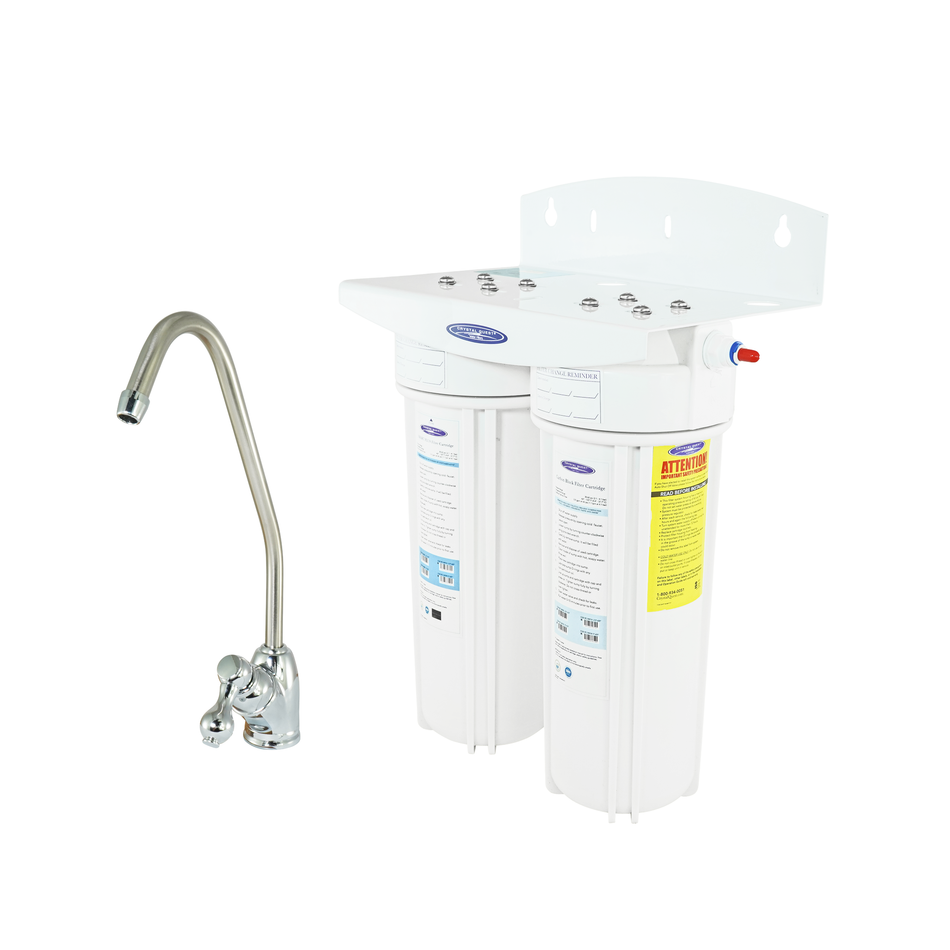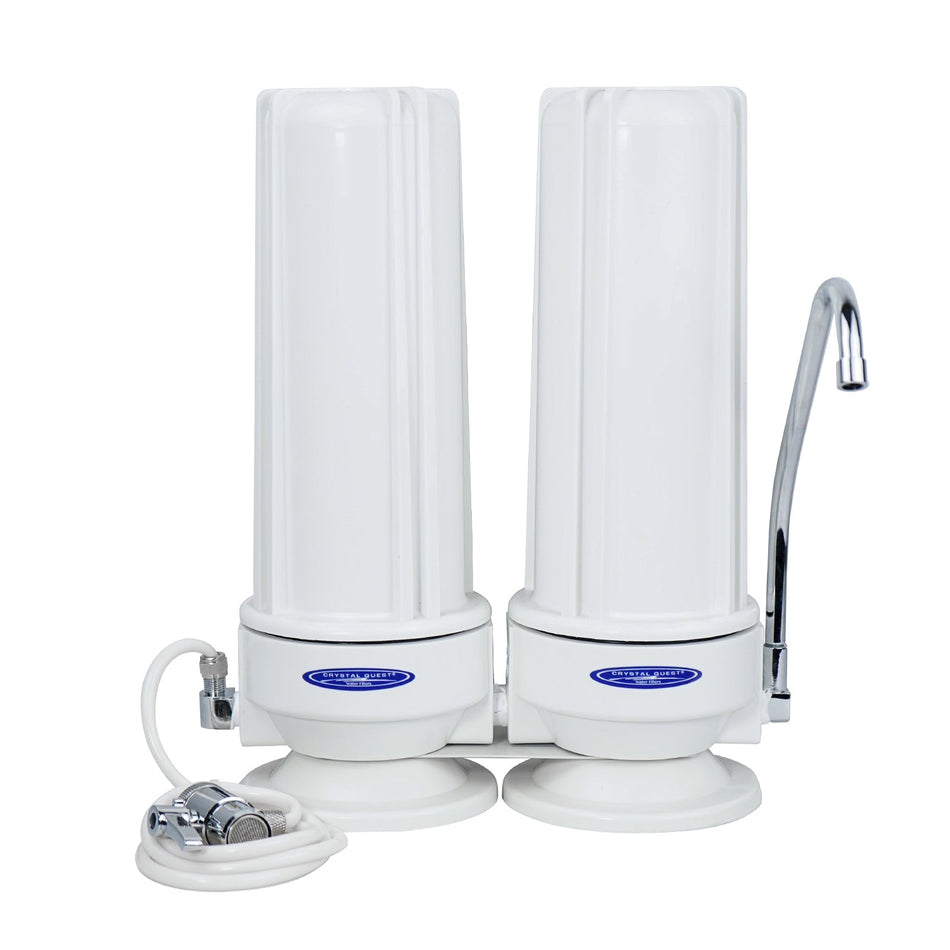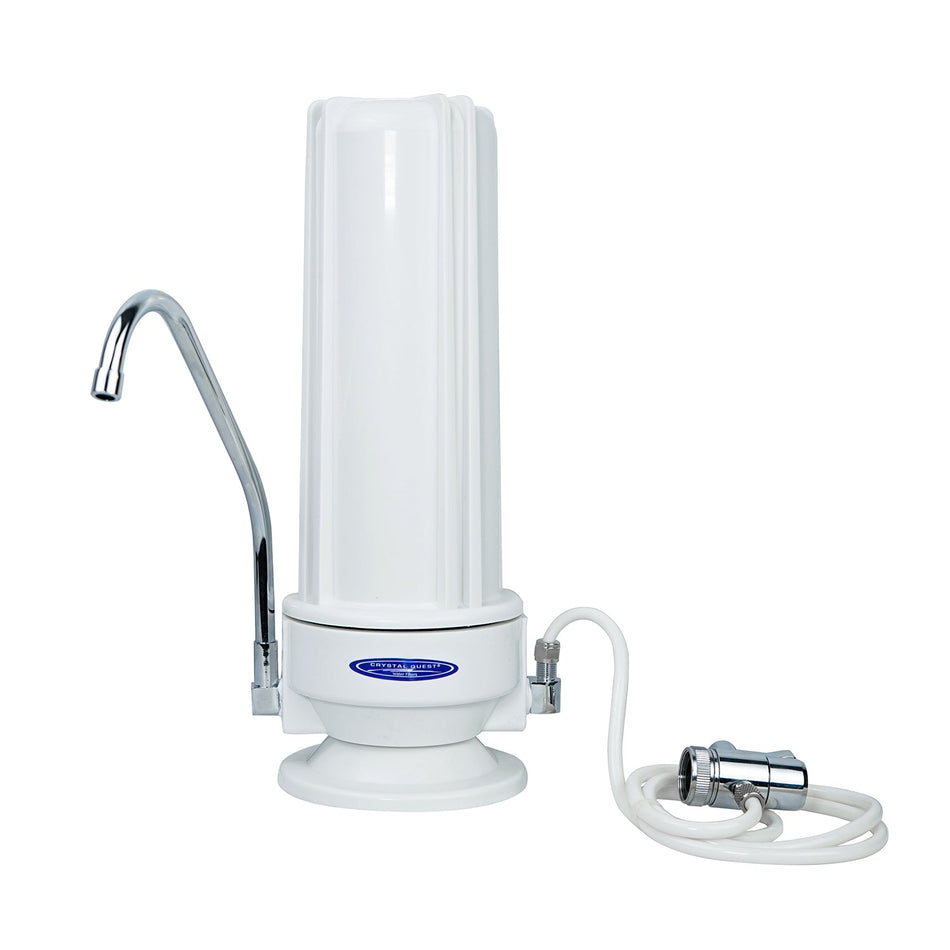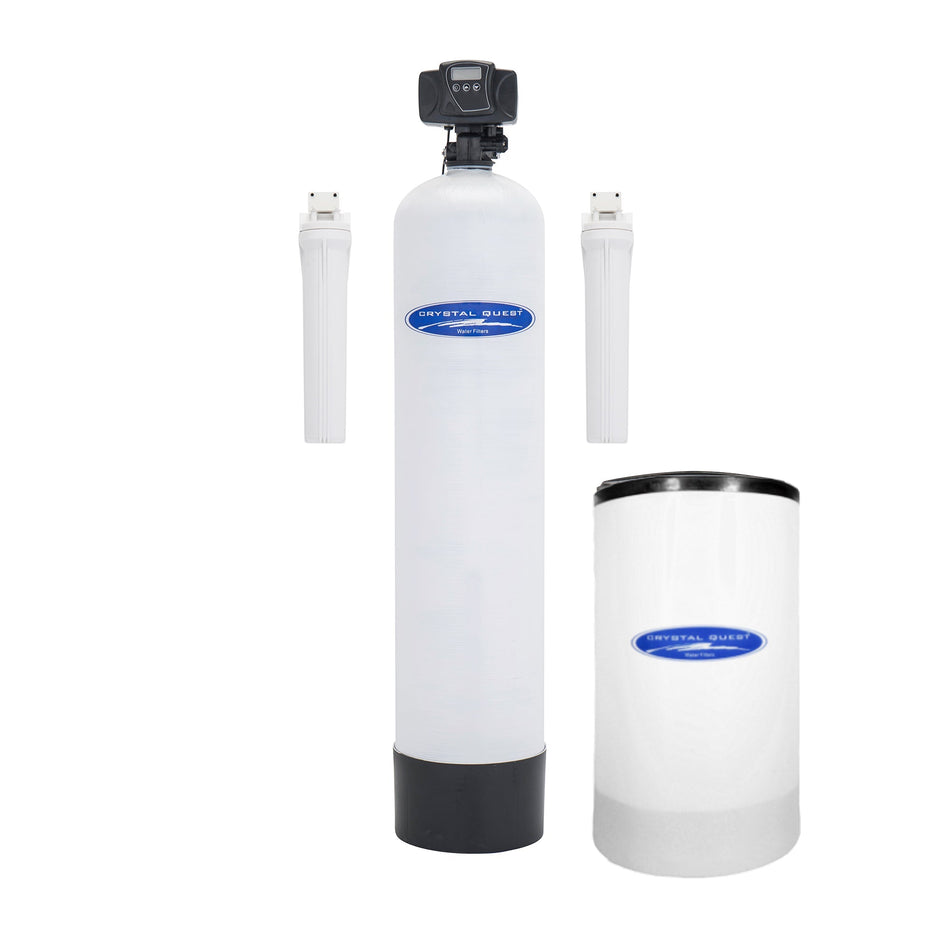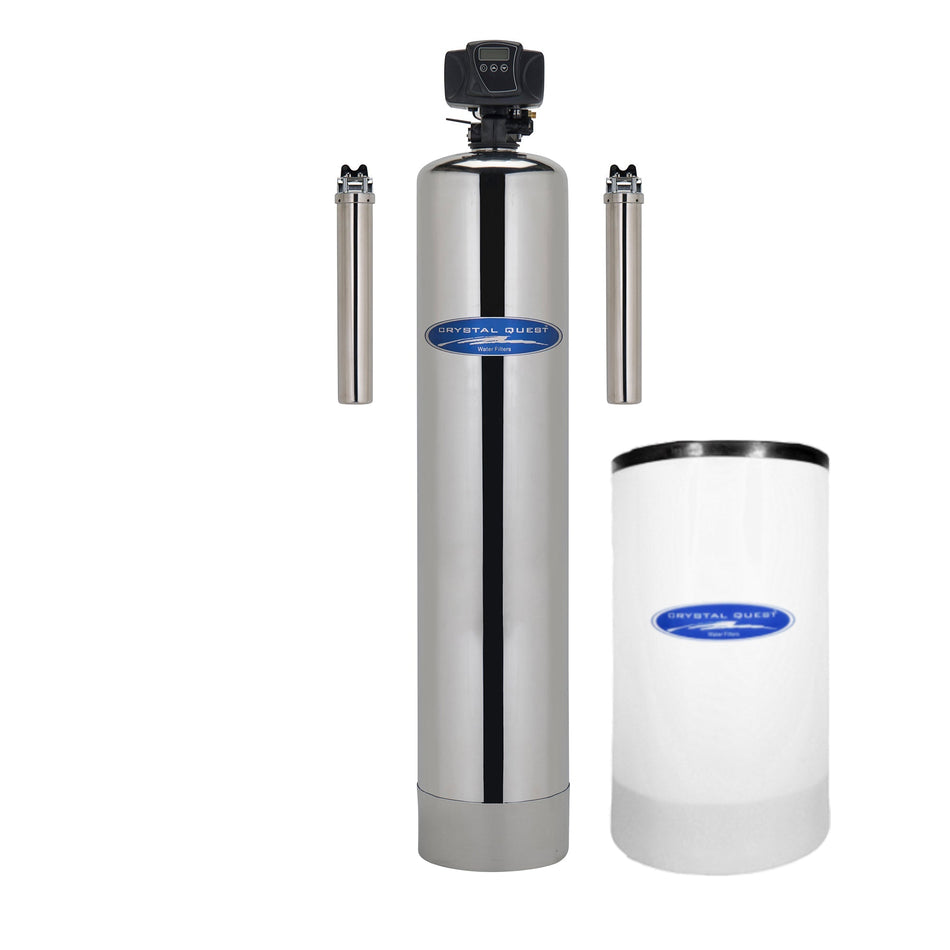Lead contamination in drinking water is a critical public health issue that has gained widespread attention due to its severe health risks - particularly for children and pregnant women. Understanding how lead gets into your water, the impact it can have, and what steps to take to detect and remove it is essential for maintaining a safe home or business water supply.
What Causes Lead Contamination in Drinking Water?
Lead typically enters drinking water through corrosion of plumbing materials. While modern regulations restrict the use of lead in pipes and fittings, older homes and infrastructure still pose risks.
1. Lead Pipes, Solder, and Fixtures
Homes built before the 1980s often used lead pipes and solder. As these materials age and corrode, lead can leach into your water—especially when the water is soft or acidic.
2. Lead Service Lines
Lead service lines, which connect buildings to the public water supply, are a major source of contamination. If your home has a lead service line, the risk is significantly higher.
3. Water Chemistry and Corrosion
Soft water (low in minerals) is more corrosive and accelerates the breakdown of lead-containing materials. High or low pH levels can also contribute to pipe corrosion.
4. Groundwater Contamination
Lead can also be present in groundwater due to industrial discharge, mining waste, or historical use of leaded gasoline.
Learn more about lead in drinking water from the EPA.

Health Effects of Lead Exposure
Lead is a potent neurotoxin that affects nearly every organ system in the body, with irreversible effects at even low levels of exposure.
Children and Lead Poisoning
Children absorb lead more easily than adults. Key health impacts include:
- Reduced IQ and cognitive function
- Learning disabilities and attention problems
- Developmental delays and behavioral issues
- Stomach pain and irritability
According to the CDC, no amount of lead is considered safe for children even trace amounts can have lasting developmental effects
Pregnancy and Prenatal Risks
For pregnant women, lead exposure can:
- Cross the placenta and harm the fetus
- Cause miscarriage or premature birth
- Result in low birth weight or developmental disorders
Adult Health Effects
While more resilient, adults can still suffer from:
- High blood pressure
- Kidney disfunction
- Fertility problems
- Joint and muscle pain
- Mood and memory issues

How to Detect Lead in Your Water
Lead has no smell, color, or taste, making it undetectable without proper testing.
1. Home Testing Kits
At-home test kits can provide preliminary insights. For more accurate results:
2. Certified Laboratory Testing
Send a water sample to a certified lab to measure exact lead concentrations.
3. Municipal Testing Reports
Many cities publish water quality reports - but these might not reflect your home's specific conditions as municipalities report water quality at the source. Internal plumbing could still introduce lead even if the municipal report shows safe levels.
For example, in the Flint, Michigan water crisis, contamination occurred after water left the treatment plant.
How to Prevent and Remove Lead from Drinking Water
Eliminating lead requires a multi-pronged strategy involving prevention, filtration, and infrastructure updates.
1. Regulatory Standards
The U.S. Environmental Protection Agency (EPA) sets an action level of 15 parts per billion (ppb) for lead in water. However, the Maximum Contaminant Level Goal (MCLG) is 0 ppb, reflecting that no level is truly safe.
Read more about EPA lead standards.
2. Lead Pipe and Fixture Replacement
Replacing lead service lines and corroded fixtures is the most effective longterm solution - especially in older buildings and public infrastructure.
3. Use of a High Quality Filtration Systems
Whole house water filtration systems or lead removal water filters installed at the point of entry can reduce or remove lead to below undetectable levels.
4. Flushing Pipes Before Use
Running your tap for 30 seconds to 2 minutes before drinking can flush out stagnant water that may have picked up lead. Contact your local utility to determine appropriate flushing times if your home has lead service lines.
Conclusion: Protecting Your Home from Lead Contamination
Lead in drinking water remains a preventable threat to public health. Through proper awareness, testing, and filtration or replacement strategies, you can ensure your water is safe for you and your family.
Take action today: Shop lead removal filters, or inquire with our experts for more information on how we can help protect your home, business, and health.
Explore other options below:





